Vision
Latest
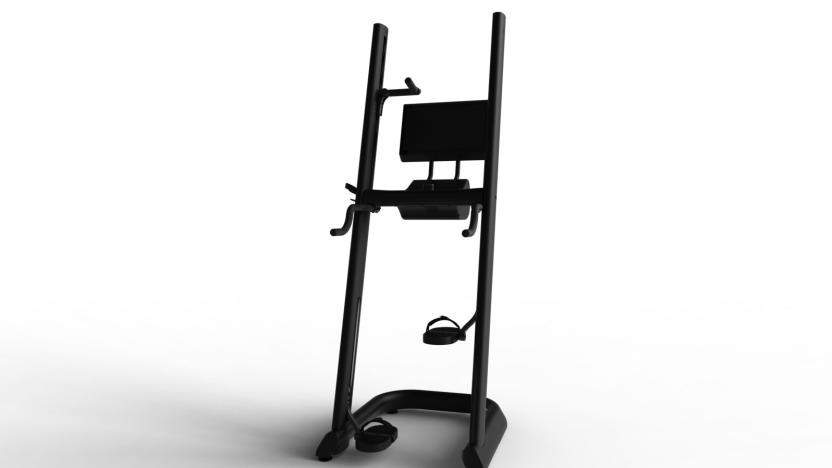
Clmbr’s new at-home smart climbing machine will offer live feedback and coaching in 2023
Better hardware, and the features necessary for live coaching and feedback.

The short runtime of ‘WandaVision’ really is the best of both worlds
Each episode of 'WandaVision' may be short, but that works to its advantage.
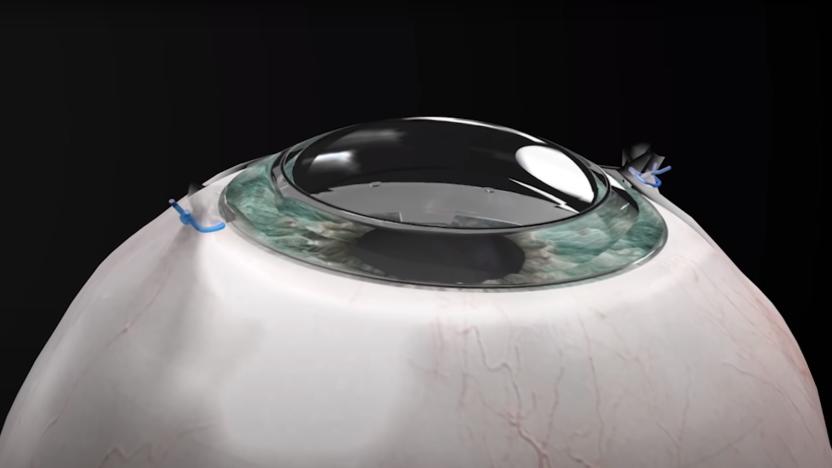
Synthetic cornea helped a legally blind man regain his sight
A legally blind 78-year old man has regained his sight after being the inaugural patient to receive a promising new type of corneal implant.

GoodMaps Explore aims to bring step-by-step navigation to indoor spaces
The Android and iOS app is designed for users who are visually impaired.
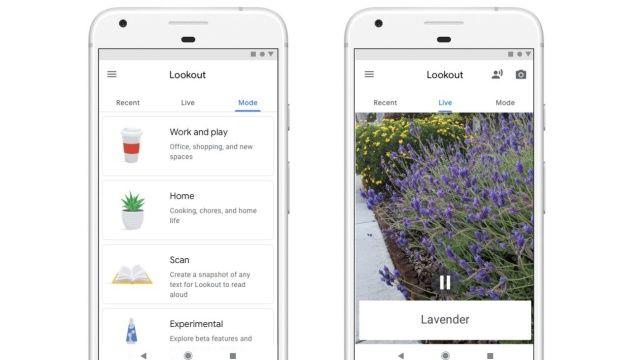
Google's app for the visually impaired adds food and document scanning
Google launched its Lookout app in 2019 for people who are blind or have low-vision to navigate the world with their phones, but it was only available on Pixel phones with languages set to English. The first of the new modes is Food Label, which helps users identify packaged foods by pointing their cameras at the label. According to Scott Adams, product manager for Google’s Accessibility Engineering, this would let Lookout “distinguish between a can of corn and a can of green beans,” for example.

Scientists create ultra-thin membrane that turns eyes into lasers
It will still be a while before scientists are able to harness Superman-like laser vision, but the technology is now closer than ever before thanks to a new development from the University of St Andrews. The team there have created an ultra-thin membrane laser using organic semiconductors, which is for the first time compatible with the requirements for safe operation in the human eye. Even though the membrane is super thin and flexible, it's durable, and will retain its optical properties even after several months spent attached to another object, such as a bank note or, more excitingly, a contact lens.
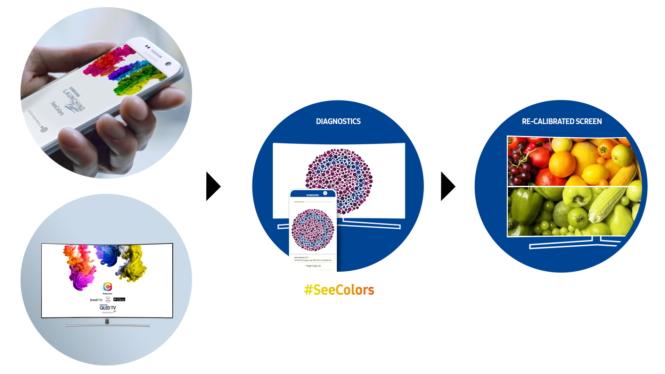
Samsung made an app that adjusts its TVs for color blindness
Samsung has launched an app that makes watching TV a more vibrant experience for people with color vision deficiency (CVD) -- the inability to distinguish certain shades of color (also known as color blindness). Through the SeeColors app, users can test their visual color spectrum, and based on their unique diagnosis their QLED TV will adjust settings to give a more accurate color display (something a number of video games have been working on for a while, too).

Samsung Gear VR app provides help to the visually impaired
Samsung isn't just using VR headsets as a means of boosting phone sales. The company's C-Lab has launched Relumino, a Gear VR app that uses augmented reality to compensate for vision problems. It can magnify the picture or adjust the contrast of what you're looking at if it's just a question of clarity, but it can also remap your field of view (to deal with blind spots or tunnel vision), outline objects and filter colors.

Flat microscope for the brain could help restore lost eyesight
You'd probably prefer that doctors restore lost sight or hearing by directly repairing your eyes and ears, but Rice University is one step closer to the next best thing: transmitting info directly to your brain. It's developing a flat microscope (the creatively titled FlatScope) that sits on your brain to both monitor and trigger neurons modified to be fluorescent when active. It should not only capture much more detail than existing brain probes (the team is hoping to see "a million" neurons), but reach levels deep enough that it should shed light on how the mind processes sensory input. And that, in turn, opens the door to controlling sensory input.

Retinal implant could add years to your eyesight
Scientists have been struggling to fight retinal degeneration in an elegant way. The most practical solution so far involves external devices that send wires to the back of your eyes. There might be a much more graceful approach before long, however. Researchers have developed an implant whose light-sensitive material could at least partially restore retinas and preserve your eyesight. Their invention combines a biocompatible substance (in this case, silk) with a conductive polymer and an organic semiconductor to send electricity to nerve cells whenever the implant is subjected to typical environmental light. Previous attempts at photovoltaic devices like this have required either exceptionally bright light or unusual light wavelengths to work, so this would be far more practical in the real world.

Dolby Vision software promises HDR on more of your devices
Wonder why you can only get Dolby Vision's high dynamic range video on a limited number of devices? It's because you've needed specialized hardware -- if a device wasn't designed with Vision in mind, you're out of luck. Expect to see it in many more places before long, though. Dolby tells Forbes that Vision is now available in pure software form, enabling its take on HDR for any reasonably capable device. In theory, your console, media hub or TV can get Vision support through an update. It could also lower the cost of including Vision by avoiding the cost of dedicated components.

Google's training AI to catch diabetic blindness before it's too late
Diabetes is no joke, regardless of what Wilford Brimley memes you've seen. The disease's associated foot ulcers can lead to amputation of the limb while diabetic retinopathy (DR) can rob people of their sight. Some 415 million diabetics worldwide are at risk of this visual affliction and many of those living with it in the developing world lack sufficient health care access to treat it. That's why Google is training its deep learning AI to spot DR before it becomes a problem -- and without the help of an on-site doctor.

Alcatel's standalone VR headset is a tough sell
While Samsung's Gear VR requires a smartphone and full-fledged headsets like the Oculus Rift require a computer, Alcatel's newly announced Vision doesn't need either. Indeed, it's a standalone VR headset, which is still something of a rarity in the VR world. Intel announced its own Project Alloy about a month ago and smaller companies like Sulon have come out with prototypes, but the Vision is the first working model I've actually had the chance to try on. As cool as it is though, I have to admit it faces stiff competition from the likes of Gear VR as well as upcoming Daydream-compatible phones and headsets.

Alcatel launches a smartphone-free VR headset
Alcatel is not a big player in the global smartphone market, but that fact that it just launched a standalone headset shows how ubiquitous VR is about to become. The Vision doesn't require a separate smartphone like Samsung's Gear VR, but has all the guts of a mobile phone built right in. That includes an eight-core CPU, 3GB of RAM, 32GB of storage, Bluetooth, LTE and a suite of sensors including an accelerometer, gyro and proximity sensor.
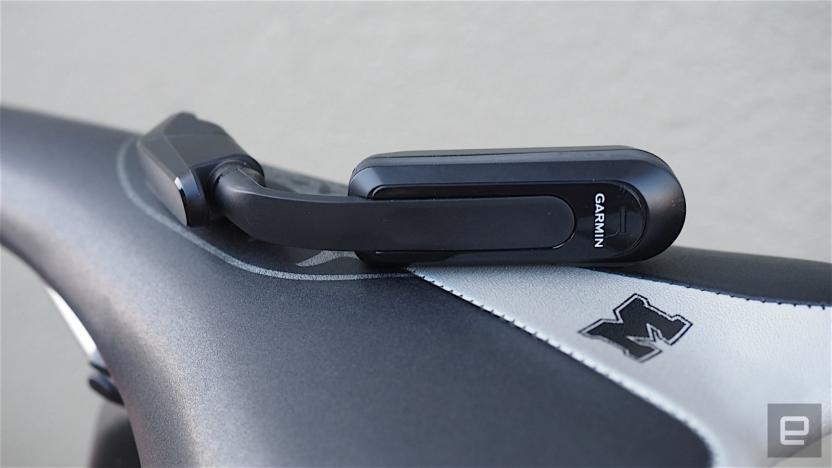
Garmin's 'Varia Vision' headset is the Google Glass of cycling
The thing about cycling is that it's only as complicated a pastime as you make it. An $80 Huffy performs the same basic function as a carbon-fiber street racer costing 100 times more, just with a lesser degree of effectiveness. Similarly, you can go the old-school way of glancing down at the cycling computer mounted on your handlebars whenever you want an update on your ride -- or you could strap this tiny $400 monitor from Garmin to the side of your face and get a continuous stream of telemetry data without taking your eyes off the road.

ICYMI: The best health innovations of the year
#fivemin-widget-blogsmith-image-766185{display:none;} .cke_show_borders #fivemin-widget-blogsmith-image-766185, #postcontentcontainer #fivemin-widget-blogsmith-image-766185{width:570px;display:block;}try{document.getElementById("fivemin-widget-blogsmith-image-766185").style.display="none";}catch(e){}Today on In Case You Missed It: It's been a pretty magical year for medical innovation, with something for everyone but most especially Star Trek fans. The FDA approved 3D-printed medicine for the first time, prosthetic arms for kids got awesome and researchers helped a man with a severed spine walk, with sensor connections on either side of his spine.

Vudu movies take advantage of your Dolby Atmos and Vision gear
If you've been itching to put your Dolby Atmos- and Vision-capable home theater gear to work, you'll be glad to know that you now have one more streaming option besides Microsoft and Netflix. Vudu has started streaming Warner Bros. movies (such as Mad Max: Fury Road and The Lego Movie) with full Atmos and Vision support, so you'll get more immersive audio and a high dynamic visual range if you have the right TV and speakers. There's no mention of Vudu offering similarly upgraded titles from Sony or other studios, but don't be surprised if the catalog expands quickly.
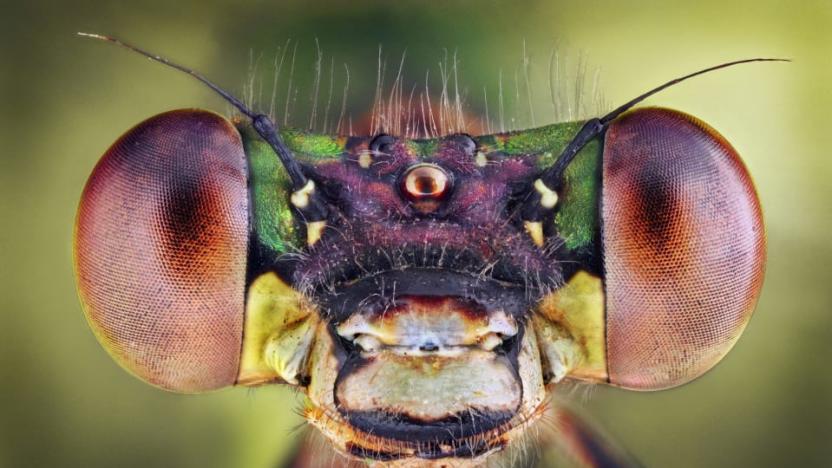
Researchers develop multifaceted insect eyes for UAVs
A team of researchers from the Laboratory of Intelligent Systems at the Swiss Federal Institute of Technology (EPFL) have developed a tiny new set of electronic eyes for drones that are based on the multifaceted peepers of insects. These eyes are built specifically for the next generation of very small surveillance UAVs -- like that origami quadcopter EPFL developed earlier this year -- and operate very differently than the conventional cameras currently employed. Insect eyes aren't capable of generating a high spatial resolution (that is, the number of pixels you can pack into a single image) so they instead rely on quickly reacting to changes in how light reflects or objects appear as the insect moves. The new camera works the same way.

Bionic eye implant promises a lifetime of perfect vision
An optometrist in British Columbia claims to have invented an easily implantable device that provides its wearer with vision "three times better than 20/20" for life. Dubbed the Ocumetics Bionic Lens by its inventor Dr. Garth Webb, this device appears to be very similar in structure to the conventional artificial lenses employed in cataract surgery. The eight-minute installation procedure is reportedly painless. It involves injecting the folded lense into your eye where it unfurls to replace your natural lense and correct your vision. There's also an added benefit in that with these artificial lenses in place, you'll never develop cataracts.

Researchers discover a 'partial workaround' for blindness
When your eyes' photoreceptors (the so-called rods and cones) fail due to either illness or injury, so too does your vision. And until very recently, few options to correct the condition existed -- typically in the form of a bulky and intrusive wearable. But now, a long-researched gene therapy is finally ready for human trials and could pave the way for at least partial restoration of a patient's sense of sight.









